Thinking About a Guard Dog? A Pro’s Unfiltered Guide to Family Protection
I’ve spent years working with just about every type of powerful dog you can imagine. From training shepherds for high-stakes scent work to helping regular families raise stable, trustworthy mastiffs, I’ve seen what truly makes a good protector. And let me tell you, it’s almost never what you see in the movies.
In this article
The biggest mistake people make right out of the gate is confusing aggression with protection. They are not the same. A reliable family guardian is confident, stable, and smart enough to know the difference between a real threat and the mail carrier. It isn’t a nervous, fearful dog that loses its mind over a plastic bag blowing down the street.
Before we dive into breeds, let’s get our terms straight. A ‘watchdog’ is just a living alarm system; its only job is to bark. A tiny Chihuahua can be a fantastic watchdog. A ‘guard dog,’ which is what most people are actually looking for, has the physical presence and the instinct to put itself between its family and a problem. It’s a deterrent and a companion. Then you have ‘personal protection dogs,’ which are elite canine athletes that cost tens of thousands of dollars and require handler training. For 99% of families, a well-bred guard dog is the goal.

But make no mistake: this is a serious commitment. Bringing a powerful breed into your home is a decade-long decision that demands a ton of time, training, and money. For the right family, though, the peace of mind and companionship are absolutely priceless. This guide is built on my direct experience—both the wins and the tough lessons—to show you what you’re really signing up for.
The Foundation: It’s All in the Genes
You can’t see the most important parts of a guardian dog. They’re invisible, baked into the dog’s genetics. A dog’s temperament and natural instincts are its operating system. Trying to turn a dog with weak nerves or the wrong drives into a guardian is like building a house on a shaky foundation. Eventually, it’s going to collapse, and the results can be dangerous.
In the professional world, we obsess over a few key drives:
- Defense Drive: This is the dog’s instinct to protect itself and its pack (that’s you!). A dog in a true defense mode is serious business—hackles up, low rumbling growl, intense focus. A good guardian has a high threshold for this; it doesn’t flip out over nothing. It sizes up the situation first.
- Prey Drive: This is the chase-catch-bite instinct you see when a dog goes after a tennis ball. We use this in training, but an out-of-control prey drive is a liability, leading to chasing cars, cats, or even kids. A solid family dog needs this drive to be manageable, not obsessive.
- Fight Drive: This is a more complex trait, basically a dog’s willingness to engage and enjoy a challenge. A dog with a strong fight drive won’t back down from pressure. Honestly, for most family situations, a dog with a stable defense drive is a much better and safer fit than one with a high fight drive.
Thinking about these drives helps you understand why a dog’s background is so critical. A Border Collie was bred for intense prey drive to herd sheep. A Beagle was built to follow its nose for miles. And a true guardian breed was selected over generations for that perfect blend of territorial instinct, family bonding, and discerning judgment.
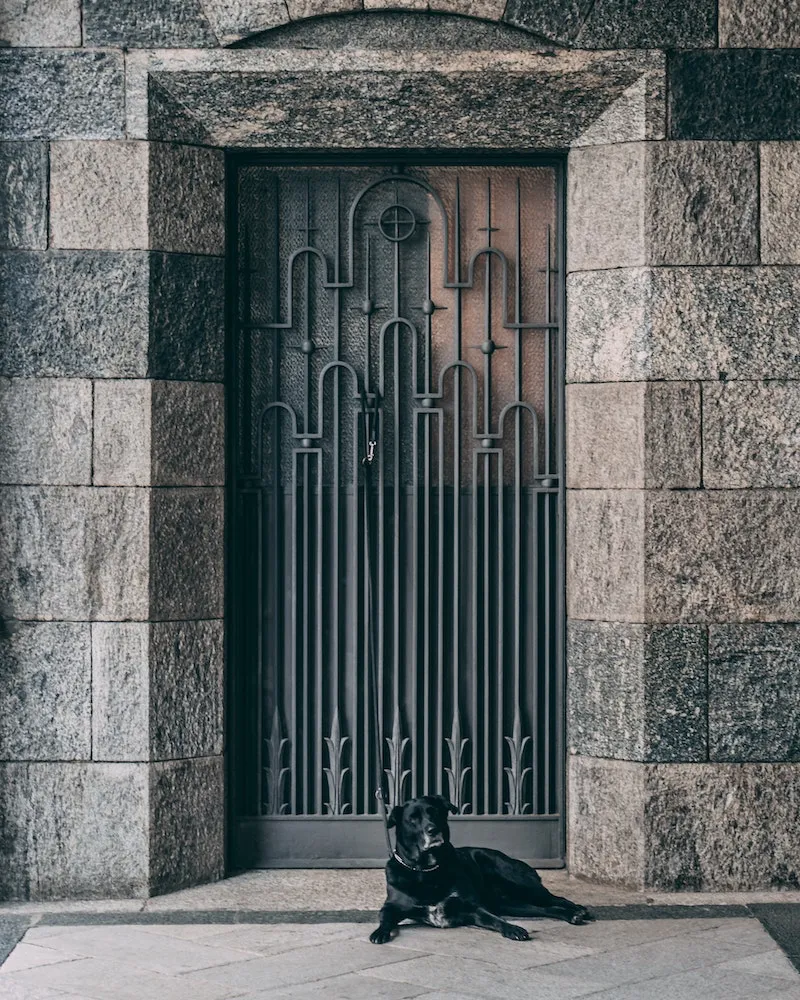
How to Find a Great Breeder (and Avoid a Disaster)
I cannot say this loudly enough: your breeder is the most important decision you will make. The overwhelming majority of behavioral problems I deal with, especially fear-aggression, trace right back to bad breeding. A reputable breeder is your partner. They should be interviewing you as much as you’re interviewing them.
Here’s your checklist. Don’t compromise on this stuff.
- Proof of Health Testing: This is non-negotiable. For large breeds, you need to see official certifications for hips and elbows on both parents from established veterinary orthopedic groups. They should also screen for common issues in their breed, like specific eye and heart conditions. If a breeder says, “Oh, my vet said they’re healthy,” that’s a giant red flag. Ask for the paperwork.
- They Temperament Test Puppies: Good breeders expose their litters to all sorts of new things—sights, sounds, surfaces—during the critical window of development. When I visit a litter, I’ll do a few simple tests. I might drop a metal food bowl on the concrete nearby. I’m not looking for the puppy that ignores it, or the one that panics and hides. I want the pup that startles, then recovers quickly and trots over to investigate. That shows resilience. You can also see how a pup reacts to being gently separated from its littermates for a minute, or how it handles being gently held on its back. You’re looking for curiosity and recovery, not terror or indifference.
- You Can Meet the Mom: At the very least, you must meet the mother of the puppies. Is she confident and friendly, or is she a nervous wreck? Her temperament is a massive preview of what her puppies will grow up to be.
A quick reality check on cost: be prepared to invest between $2,500 and $5,000 for a well-bred puppy from a guardian breed. If you see an ad for “Purebred Cane Corso pups, $500,” you need to run. That price doesn’t even begin to cover proper health testing, food, and care. You aren’t saving money; you’re pre-paying for a future of massive vet bills and potential heartbreak.
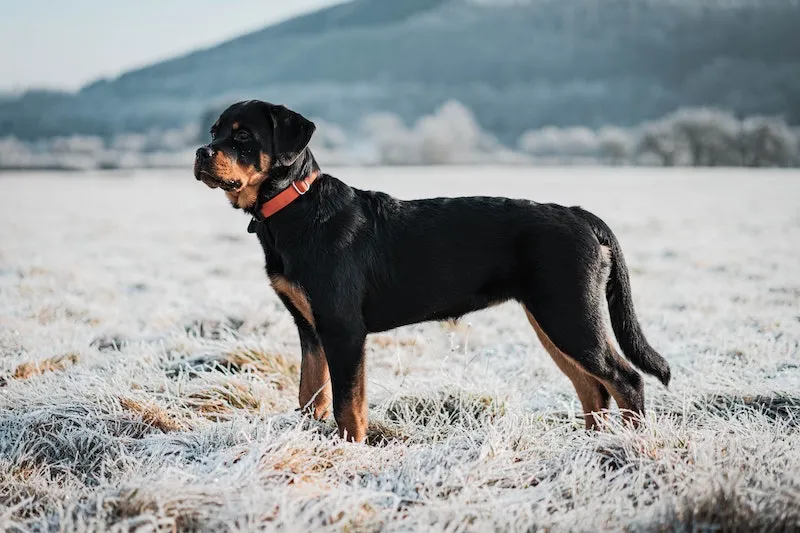
Okay, But Where Do I Actually Look?
So how do you find these top-tier breeders? It takes some legwork.
- Start with the official breed club. Look up the national club for the breed you’re interested in (for example, the Doberman Pinscher Club of America or the American Rottweiler Club). They often have a breeder directory, and their members are usually held to a code of ethics.
- Check the national kennel club marketplace. Most kennel clubs have an online marketplace for puppies, but don’t just pick the first one you see. Look for breeders who have earned special distinctions, like “Breeder of Merit,” which shows a long-term commitment to the breed’s health and sport.
- Go to events. Find a dog show or a performance sport trial (like obedience or rally) in your area. This is an amazing way to meet dogs and talk to the people who live with them every day. You’ll get honest opinions and might even get a great breeder referral.

A Reality Check on Popular Guardian Breeds
Those “Top 10 Guard Dog” lists online are usually shallow and miss the point of what it’s like to actually live with these animals. Here’s my take, based on real-world experience.
The Rottweiler
Powerful, intelligent, and fiercely loyal. A well-bred Rottie is a calm and confident dog with a “wait and see” attitude. They won’t fly off the handle, but they are incredibly formidable when they decide something is wrong. That low, chesty “Rottie rumble” is their warning—and you should always listen to it.
- Suitability: Requires a confident owner who can provide clear rules without being harsh. Not ideal for a timid or first-time owner.
- Energy: Moderate. They need a good daily walk and some training time, but they aren’t hyper.
- Insurance Hurdle: High. Many companies will deny coverage. Be prepared for this.
- Good to know: They are prone to serious health issues, especially hip dysplasia and certain cancers. Their lifespan is often only 8-10 years. You have to be ready for that reality.
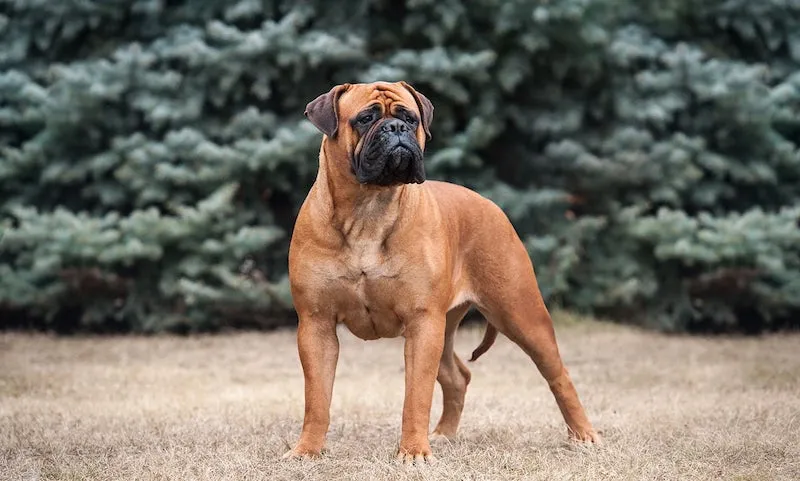
The German Shepherd Dog (GSD)
The jack-of-all-trades. Incredibly smart and trainable, but the breed has split into very different types. You have the show lines, often with more angled backs, and the working lines, which are intense, high-energy dogs bred for police and military roles. For most families, a dog from a well-bred show line or a less-intense hobby sport line is a much better fit.
- Suitability: Great for an active owner who wants to get into training, scent work, or other dog sports. They need a job to do.
- Energy: High. This dog needs daily mental and physical exercise to prevent boredom and destructive habits.
- Insurance Hurdle: Medium to High. They are on some restricted lists.
- Good to know: They are nicknamed “German Shedders” for a reason. Prepare for hair. Hip and elbow dysplasia are very common, and a good breeder will test for a devastating neurological condition called Degenerative Myelopathy (DM).
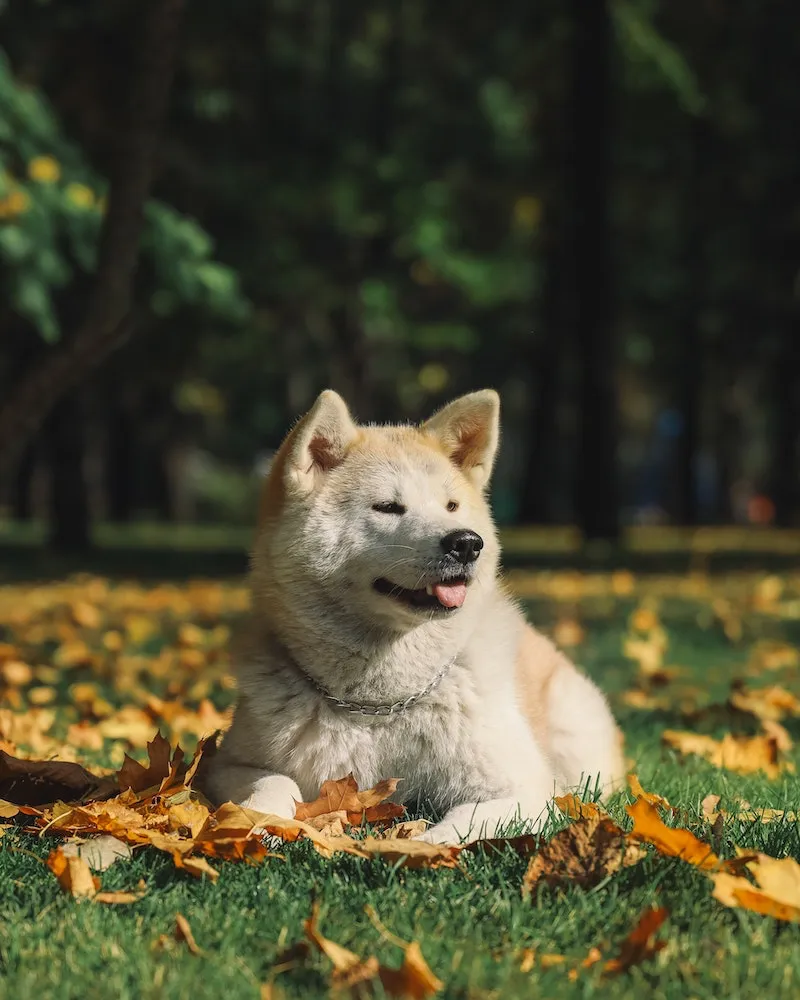
The Doberman Pinscher
Athletic, elegant, and wickedly smart. They are known as “velcro dogs” for a reason—they want to be with you, always. This is not a dog you can just leave in the backyard. They are sensitive and form incredibly tight bonds with their family. A modern, well-bred Doberman is a noble and trustworthy companion, not the hyper-aggressive stereotype of the past.
- Suitability: A great match for an owner who wants a constant companion. Their sensitivity means they do best with positive training methods.
- Energy: High. They need to run and think every day. Puzzle toys are your best friend.
- Insurance Hurdle: Medium. Less frequently banned than Rottweilers, but you still need to check.
- Good to know: This breed has a heartbreakingly high rate of a genetic heart condition called DCM. A reputable breeder MUST be doing annual heart testing on their breeding dogs. Ask to see the results of a recent Holter monitor and echocardiogram. This is non-negotiable.
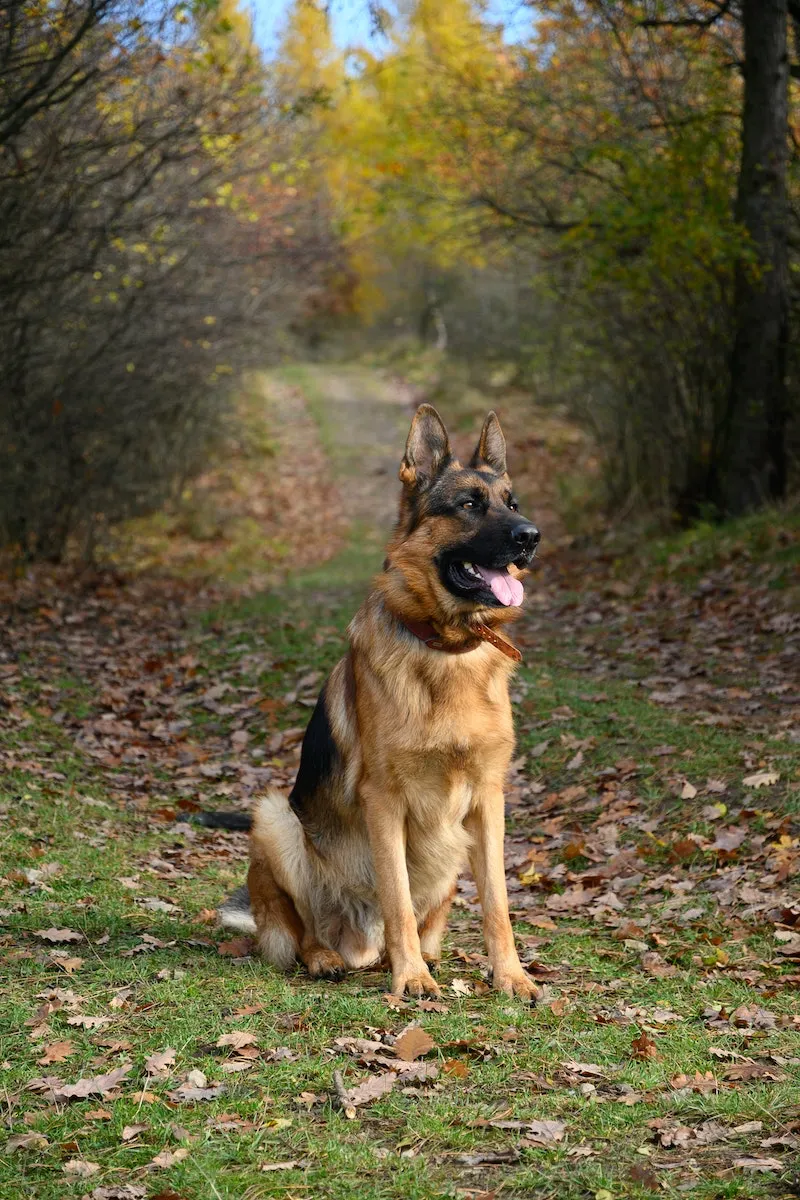
The Cane Corso
A truly impressive Italian mastiff. Their guarding style is more about silent, intimidating presence. When a 120-pound Corso stands between you and a stranger, the message gets across without a single bark. They are deeply loyal to family but can be very wary of strangers.
- Suitability: Absolutely not for a novice owner. Their strength is immense, and they require a confident, consistent leader. Early and ongoing socialization is mandatory.
- Energy: Low to moderate. A long walk and some playtime is usually enough, but they are powerful chewers.
- Insurance Hurdle: Very High. This breed is a major liability red flag for most insurance companies.
- Good to know: Check your homeowner’s insurance policy before you even think about getting one. The cost of food is significant. And a heads up: a major orthopedic surgery like for hip dysplasia can easily cost $5,000 to $7,000 per hip.
A Quick Word on Livestock Guardians (LGDs)
This group includes breeds like the Great Pyrenees and Anatolian Shepherd. They were bred to live with sheep and make their own decisions about predators. This makes them highly independent and nocturnal. Translation: they bark. A lot. At night. Their deep, booming barks and desire to patrol make them a very poor choice for suburban living. Please, unless you have a farm or large acreage with a six-foot fence, choose a different type of breed.
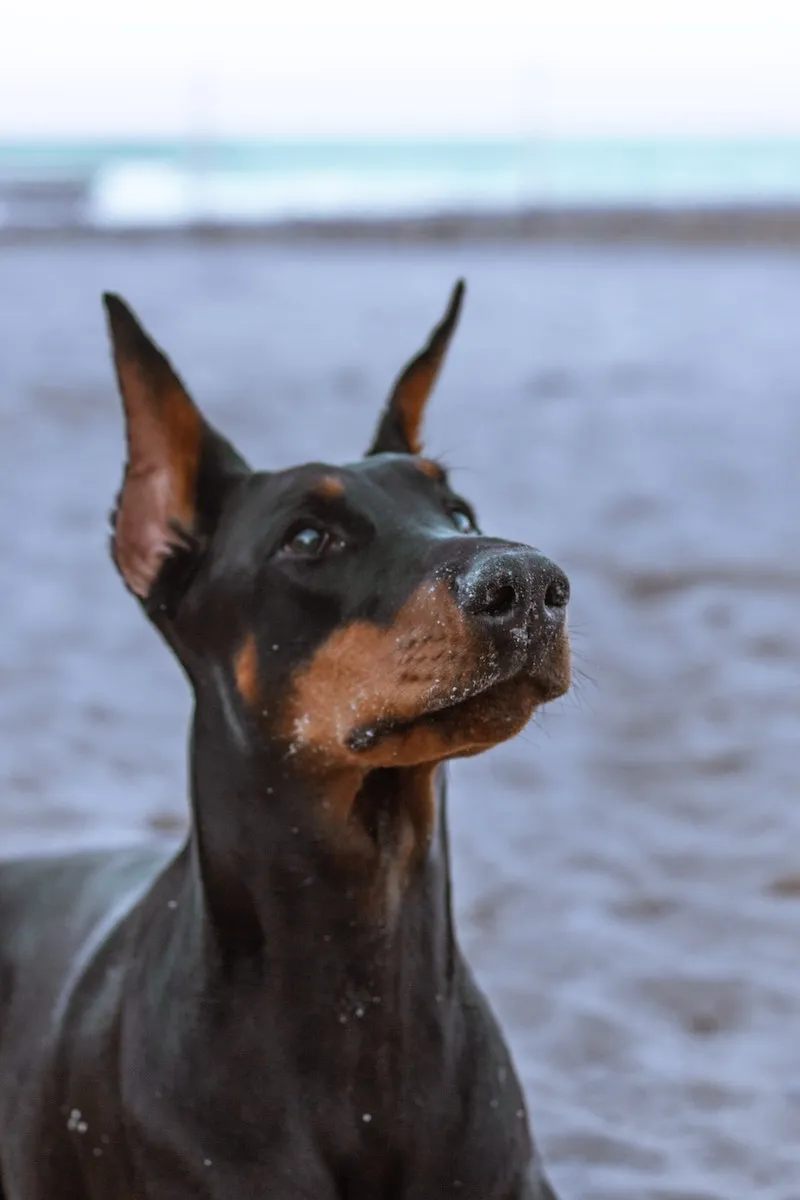
What About Rescuing a Guardian Breed?
This is a tough one. On one hand, giving a dog a second chance is a wonderful thing. On the other, with a powerful guardian breed, you’re often adopting a dog with an unknown history, a lack of early socialization, and potentially some serious baggage. For a family with kids looking for a stable protector, this is a huge gamble. From my experience, rescuing one of these breeds is best left to highly experienced, single-dog homes that are prepared to manage and rehabilitate complex behavioral issues. It can be done, but it’s a very different journey.
Your Job: The 2-Hour-a-Day Commitment
Bringing home the perfect puppy is only step one. The rest is on you. Be prepared to dedicate at least one to two hours every single day to exercise, training, and mental stimulation, especially in the first couple of years.
- Socialization Is NOT the Dog Park. I have to say that again. Real socialization is about controlled, positive exposure to new things—letting your puppy walk on grass, pavement, and carpet; hearing a vacuum from a safe distance while getting treats; meeting new people one-on-one in a calm way. The goal is to build a confident dog, not one that’s overwhelmed.
- Obedience Is a Safety Feature. A powerful dog without a perfect recall (“come”) and a solid “leave it” is a walking liability. Find a good trainer before you even get your puppy. Group classes are great for learning to work around distractions. The commands you MUST master are: Come, Stay, Leave It, and the game-changing “Place” command. Teaching your dog to go to its bed on command is a lifesaver when you have guests over or just need to manage the dog in the house.
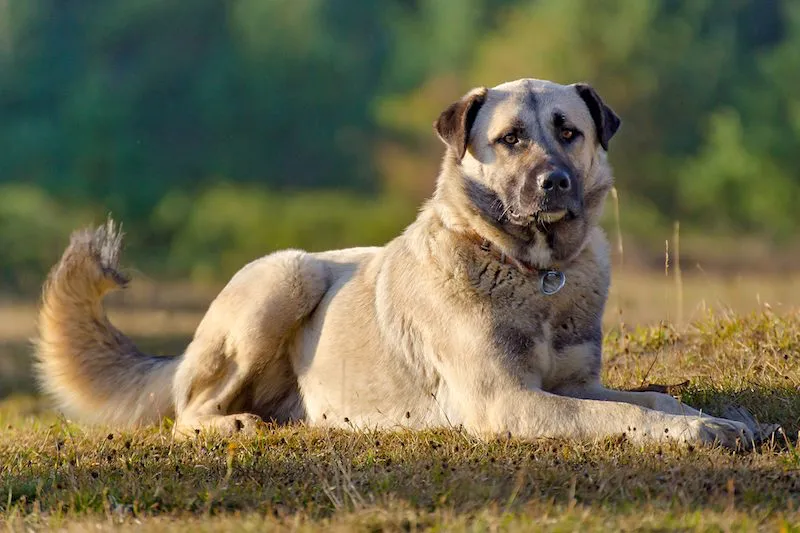
New Guardian Puppy Shopping List
Don’t go crazy, but get the right stuff from day one. Here’s a basic list:
- An appropriately sized crate (this is a management tool, not a jail)
- Durable chew toys (brands like Kong Extreme are a must for these power-chewers)
- High-quality, large-breed puppy food
- A solid 6-foot leather or biothane leash (no retractable leashes, ever!)
- Stainless steel food and water bowls
- A budget for vet visits, training classes, and emergencies
Top 5 Mistakes I See All the Time
If you can avoid these common pitfalls, you’re already ahead of the game.
- Confusing Aggression with Protection. (We covered this, but it’s the most important!)
- Skipping Real Socialization. (Thinking the dog park or a walk around the block is enough.)
- Treating the Dog Like a Furry Human. (Powerful dogs need clear rules and structure, not just love.)
- Using Harsh Training Methods. (This breaks trust and can create fear-based aggression.)
- Underestimating the Time and Money. (Food, vet care, and training for a large breed costs a small fortune.)

The Final Word on Safety and Insurance
Owning a guardian breed is a privilege with huge responsibilities. You need to know your local laws and, crucially, you need to talk to your homeowner’s insurance agent. When you call them, ask these specific questions:
“Hi, I’m considering getting a [Breed Name] dog. First, do you have a restricted or ‘dangerous’ breeds list? Second, is that breed on it? And third, if it is, do you offer any exceptions for dogs that have earned a Canine Good Citizen certificate or other obedience titles?”
Getting a clear “yes” or “no” upfront can save you a world of trouble. I once consulted on a tragic but preventable bite case where a family dog gave multiple warnings—growling, moving away—that it was uncomfortable with a visiting child. The adults ignored the signs. You must learn to read your dog’s body language and be their advocate.
At the end of the day, a dog is not a plug-and-play security system. It’s a living, breathing creature that needs daily care and thoughtful leadership. The ultimate goal is to have a dog whose presence alone is a deterrent, one that never, ever has to use its power. If you choose your breeder wisely, invest everything you have into training and socialization, and lead with confidence and fairness, you won’t just have a guardian. You’ll have the most loyal friend your family could ever ask for.
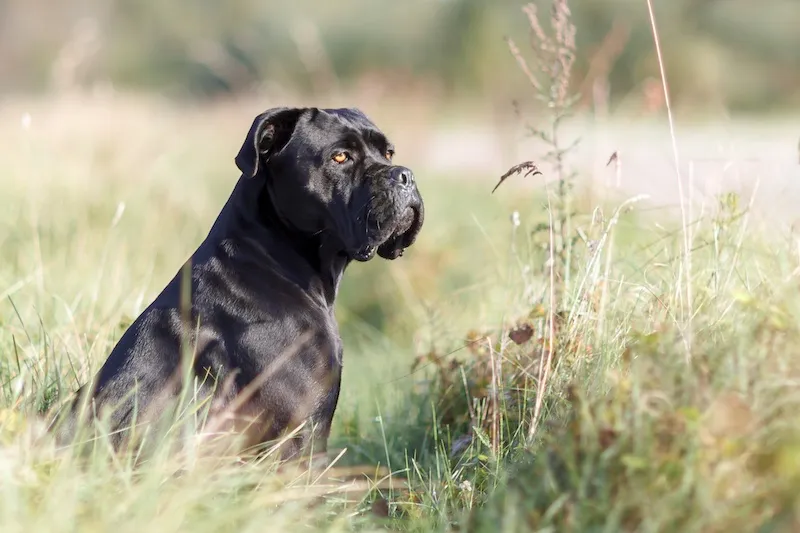
Inspiration:
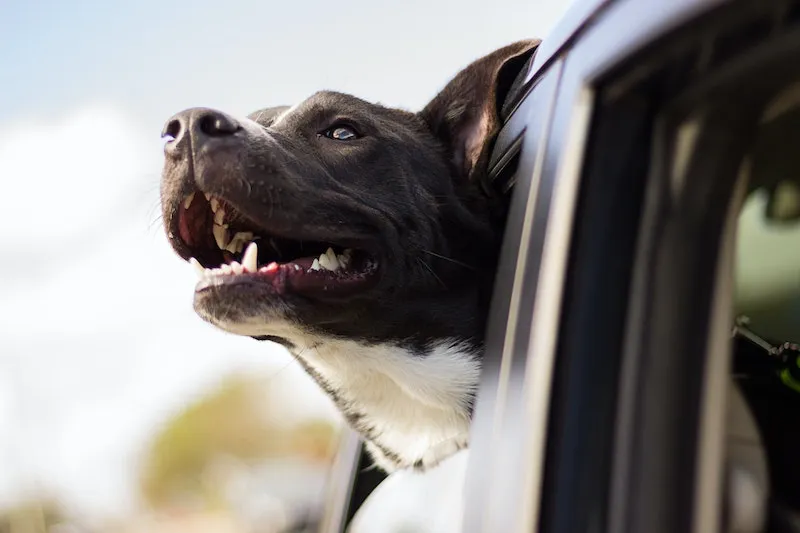
What about the home’s first line of defense?
The dog is the last resort, not the first. Your property’s security is a layered system. For a guardian breed, a secure physical fence is non-negotiable. We’re not talking about a decorative picket fence, but a 6-foot-plus privacy or chain-link fence with locked gates. It prevents unwanted visitors (human and animal) from triggering your dog’s defensive instincts unnecessarily. It also contains your dog, protecting you from immense legal and financial liability. An










